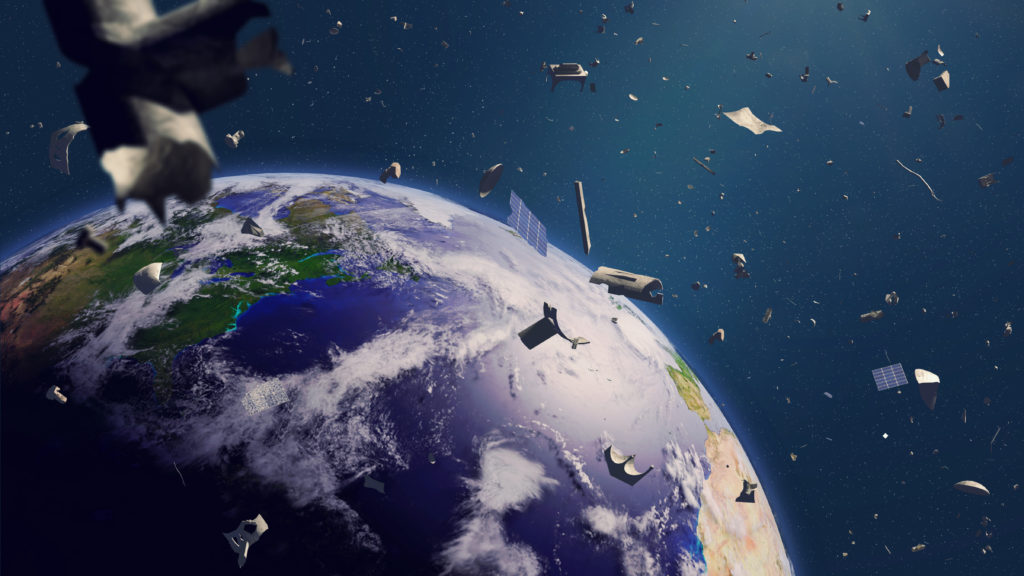Satellite 2020: Technology to watch this year
On March 9 to 12, we will be attending Satellite 2020 in Washington, DC. Visited by 15,000 every year, this is the premier event on the satellite calendar. The show is a melting pot for the brightest minds in the industry to discuss the trends that will dominate the coming year.
Why Satellite 2020?
Companies in the aerospace industry face a set of unique challenges when trying to raise finance. Traditionally, to raise the kind of serious capital they need, means going to the usual suspects of finance provision. This has its limitations. At Satellite 2020 we want to offer an alternative way to finance space projects.
“For us, Satellite 2020 is about both financing innovators, and innovating the way we finance established players.”
Satellite 2020 hosts some of the most exciting innovators in the industry. These companies need capital to reach their potential. Our financing approach removes the traditional barriers between these innovators and the progress they could achieve.
But our innovative approach to project finance isn’t only for new companies. Established industry players are still subject to the same challenges. We regularly work with companies trying to overcome their finance obstacles. For us, Satellite 2020 is about both financing innovators and innovating the way we finance established players.
Our Aerospace trends to watch at Satellite 2020
Satellite 2020 is visited by leaders from across aerospace. Every year, the newest technology is showcased. Here are some interesting areas of innovation that we are excited to learn more about at the event.
Drones
The widescale application of drones has come a long way in recent years. Now used in agriculture, pipeline construction, and surveillance, drones are set to open new opportunities in numerous industries.
Drones can now stay airborne for longer and carry heavier cargos than ever before. These exciting applications include flying telecommunications links that can stay airborne for extended periods to deliver 4G coverage to remote areas. This huge step up from the limited drones of just a few years ago is a prime example of the leaps forward in the drone market.
Perhaps most excitingly, NASA plans to launch two drones to travel to other planets, within the next seven years. One of these interplanetary rotorcrafts will be charged with finding life and gathering data and images on Saturn’s moon, Titan. But first, a Mars helicopter Scout will be deployed next year to find the optimum driving routes for Mars rovers.
AI and robotics
As on Earth, some of the most interesting new technological innovations in space are in robotics and AI. Robots have the advantage of being able to work in any conditions they are designed for. They can be used in positions that are difficult, dangerous or impossible for humans, as shown in the examples below.
In January, NASA announced they had contracted to create a custom robotic platform in space that will assemble new components and refuel satellites while they are still in orbit. This will demonstrate the way automation can be used to manufacture new parts in space and perform repairs.
This has enormous potential as it will mean new parts can be assembled and added to satellites in space. This includes parts that are not able to be part of the satellite on launch owing to the conditions that the satellite endures on its flight into space, allowing entirely new satellite design and infrastructure.
Low Earth orbit debris removal

One of the greatest threats to satellites is space debris in LEO (low Earth orbit). This debris flies at up to 18,000mph, zooming around in Earth’s orbit and at constant risk of colliding with, and damaging, satellites.
There are currently no international laws regarding the clean-up of LEO, but researchers worldwide are designing clean-up de-orbit satellites to prevent Kessler Syndrome, before it’s too late.
There are companies in this area that are on the verge of demonstrating the technical viability of debris removal. Once the technical demonstrations are completed, we will be very interested in seeing the business case to be made, which is where FTL can play a big role.
New developments in the satellite industry will be the solutions of tomorrow, and FTL will be a part of that journey, providing finance and expertise to help companies and innovations flourish.
Glen is Director, Finance & Risk Management at Finance Technology Leverage. Contact us for more information about how we can help your company.
